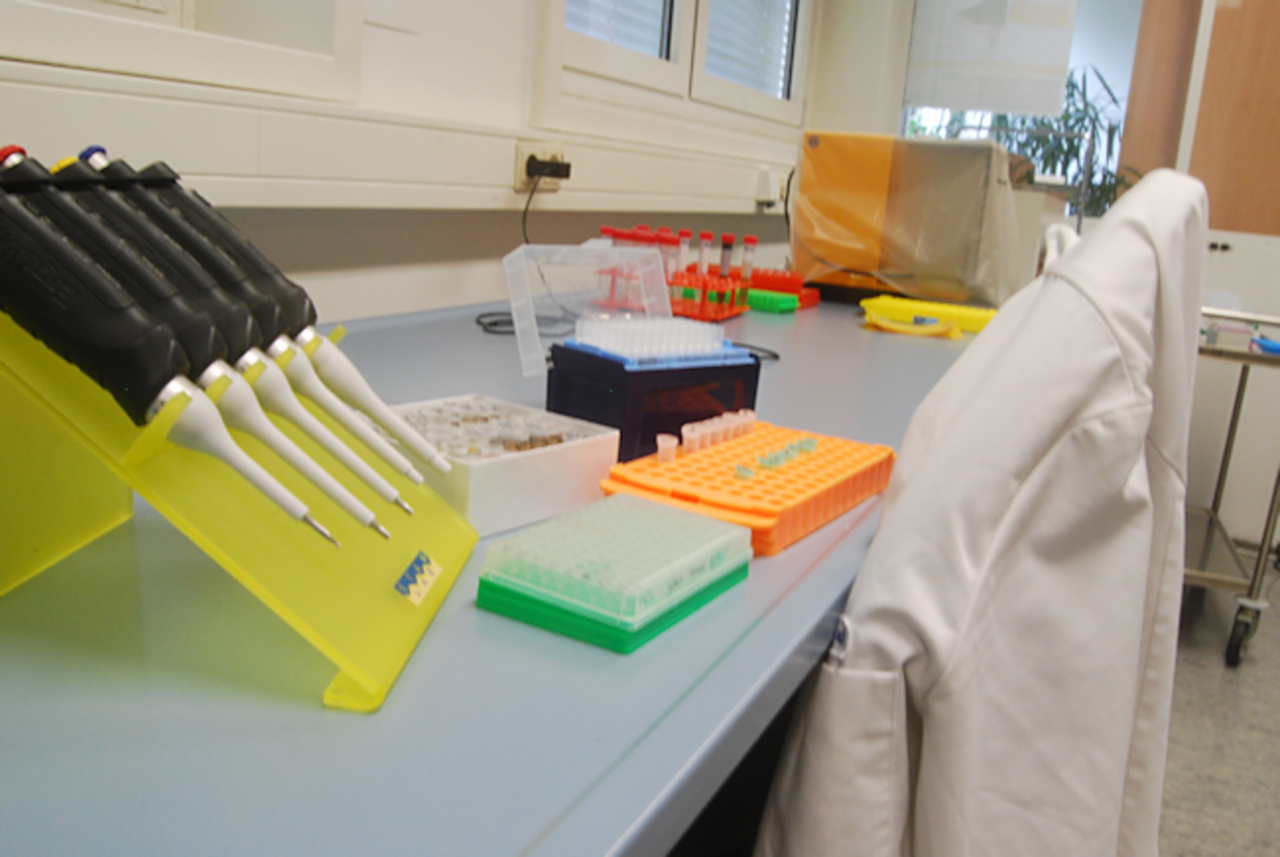Project
Development of molecular biological workflows and pipelines for eDNA from trap nests

Development of molecular biological workflows and pipelines for eDNA from trap nests
Environmental DNA in trap nests can provide valuable information on trophic interactions, food resources and bee vitality. Therefore, molecular biological methods and routines based on eDNA will be developed for a future wild bee monitoring.
Background and Objective
The use of trap nests as a standardised method of recording above-ground-nesting wild bees, enables us to record and quantify trophic interactions between wild bees, wasps and parasitoids beyond recording species composition. Furthermore, nesting material can be used to draw conclusions about the food resources used (pollen analysis) and the available resources of the surrounding agricultural landscape. In addition, the nesting material can provide information on pathogens and pesticide residues.
This project focuses on the development and establishment of molecular biological workflows and pipelines in order to use standardized trap nests as a valuable source of information in monitoring programs.
Approach
Based on eDNA, which can be obtained mainly from fecal bales of hatched individuals and from remaining nesting material, species communities and food resources will be recorded. The properties of wild female bees to create breeding cells in the nest tubes will be used to develop a methodological approach to determine abundancies of nesting species. Additionally, approaches to utilise eDNA for population genetics will be developed. It is being tested whether this task can be carried out by volunteers as part of a citizen science project.
Thünen-Contact

Involved Thünen-Partners
Funding Body
-
Federal Ministry of Food und Agriculture (BMEL)
(national, öffentlich)
Duration
10.2019 - 12.2024
More Information
Project status:
ongoing

![[Translate to English:] [Translate to English:]](/media/_processed_/4/0/csm_Titel_Ant_Plot_1c3363e3f7.png)
![[Translate to English:] [Translate to English:]](/media/_processed_/b/3/csm_Titel_93px_Ant_Plot_0ef6a20d79.png)



